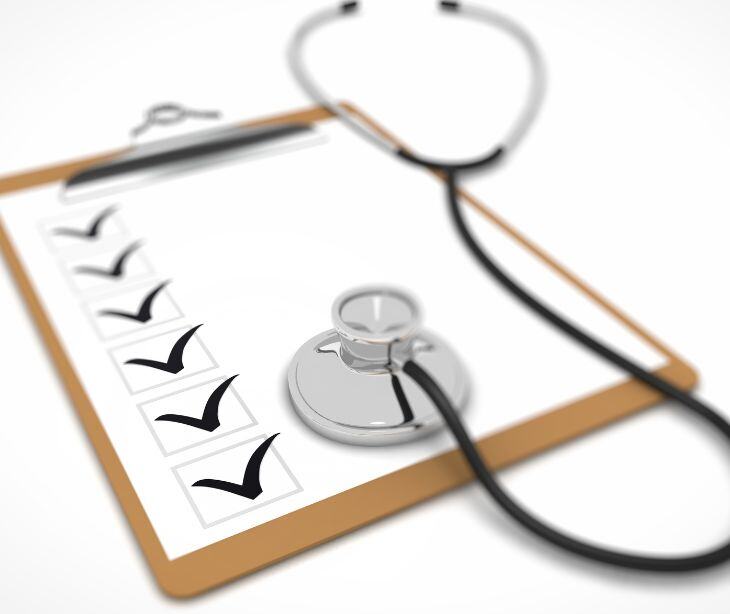
Occupational therapists must comply with HIPAA regulations. As healthcare professionals, they handle sensitive patient information regularly, making it a legal requirement to adhere to the guidelines outlined by the Health Insurance Portability and Accountability Act (HIPAA).
Scope of practice
An occupational therapist (OT) is a healthcare professional trained to help individuals overcome physical, cognitive, developmental, or emotional challenges that hinder their ability to engage in daily activities.
OTs handle protected health information (PHI) regularly in their practice. This information encompasses a range of data related to a patient's health and treatment. As such, HIPAA compliance is mandatory for maintaining the confidentiality and privacy of patients' health information.
Go deeper: About Occupational Therapy
How can occupational therapists ensure HIPAA compliance?
Occupational therapists can ensure HIPAA compliance by implementing measures to safeguard PHI while delivering care:
- Staff training and education: Ensure all staff members receive regular HIPAA training. This includes understanding the law's requirements, the importance of patient confidentiality, and protocols for handling PHI.
- Policies and procedures: Develop and implement comprehensive policies and procedures that outline how PHI is collected, stored, accessed, transmitted, and disposed of securely. This includes establishing protocols for electronic health records (EHRs) and paper-based records.
- Access control: Limit access to PHI to authorized personnel only. Implement secure passwords, user authentication, and access logs to track who accesses patient information and when.
- Encryption and security measures: Employ robust encryption methods for electronic devices and databases housing PHI. Utilize secure communication channels and firewalls to protect against unauthorized access.
- Risk assessments: Conduct regular risk assessments to identify vulnerabilities in data security. Address any potential risks promptly and implement measures to mitigate them.
- Business associate agreements (BAAs): Ensure that any third-party vendors or partners who handle PHI (such as billing companies or software providers) comply with HIPAA regulations. Establish BAAs to ensure they handle patient data securely.
- Physical security: Implement physical security measures to protect physical records containing PHI. This includes locked cabinets, restricted access, and secure disposal methods for paper-based documents.
- Incident response plan: Develop an incident response plan to address data breaches or unauthorized disclosures of PHI. This plan should include steps for reporting, mitigating, and containing the breach and notifying affected individuals as required by law.
- Ongoing compliance monitoring: Regularly audit and monitor compliance with HIPAA regulations. This includes internal audits, reviews of security measures, and assessments of staff adherence to policies.
- Patient consent and authorization: Ensure patients provide informed consent before sharing their PHI for treatment, payment, or healthcare operations. Obtain written authorization for any disclosures beyond these purposes.
Go deeper:
Subscribe to Paubox Weekly
Every Friday we'll bring you the most important news from Paubox. Our aim is to make you smarter, faster.




